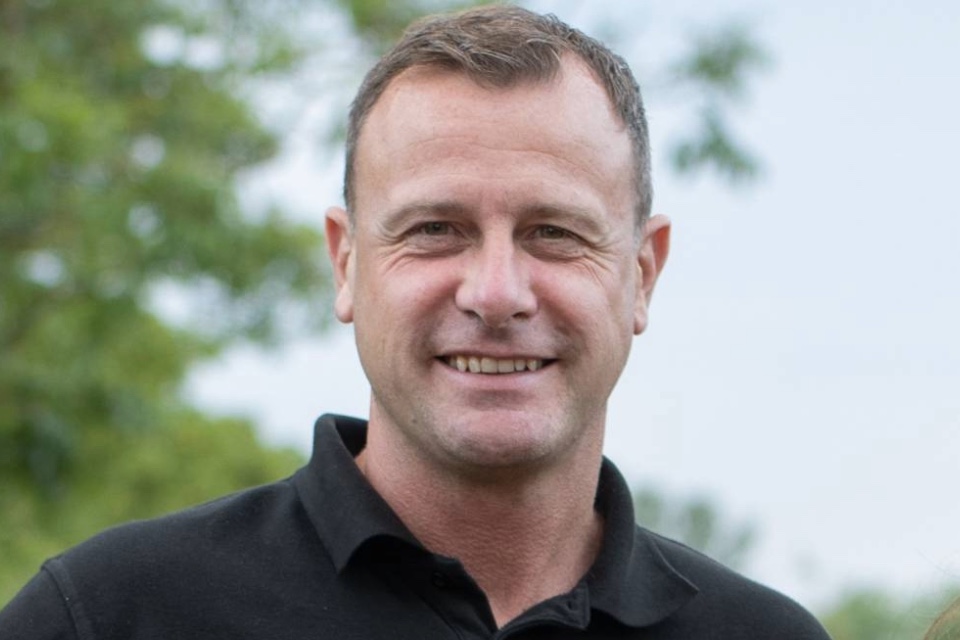In the latest instalment of our supply chain executive interview series, we sat down with Arnaud Hedoux, Marketing Director at QAD DynaSys, to talk about his company, industry trends and advice on strategic thinking…
Tell us about your company, products and services.
Since 1985, QAD DynaSys has been a leading provider of integrated and collaborative cloud based end-to-end demand & supply chain planning (DSCP) solutions that enable businesses to optimize, analyze, simulate, understand and efficiently plan supply chain activities. Our software can cover all supply chain needs including Demand Planning, Inventory Optimization, Supply Planning, Manufacturing Planning, Financial Planning, Sales & Operations Planning (S&OP), Integrated Business Planning (IBP), DDMRP.
QAD DynaSys Cloud DSCP solutions empower customers in manufacturing, distribution and retail to meet their goals of optimizing supply chains to become more effective, successful enterprises.
What is the biggest priority for the Supply Chain industry in 2020?
We are facing a volatile economic environment in which change is the only certainty. Global trade, geopolitics, climate changes, epidemics, natural disasters, digitization, the increasing demand for customer flexibility and the volatility of consumer demand increase supply chain complexity. This will require resilient and agile supply chains more than ever in our today’s world.
Supply chains are no longer chains but a hyper-connected network of opportunistic demand, supply, and capacity entities.
Supply chain planning has become a competitive weapon in our modern, connected and digital world.
What are the main trends you are expecting to see in the market in 2020?
Sustainability / Circular economy
Traditional consumption model is changing. Consumers are increasingly demanding sustainably sourced products that are manufactured and delivered through sustainable processes from sustainable companies. The idea is simple: rethink the supply chain to eliminate the ecological impact and preserve the environment every step of the way from design, material sourcing, production and the recycling and restoration of end-of-life products.
Recyclable raw materials, manufacturing processes limiting the consumption of water and electricity, eco-responsible packaging and less energy-consuming transport solutions are all growth drivers and also help reduce production cost and wastage.
Agility
Supply chain disruption can be caused by several factors: climate changes, natural disasters, new tariffs and global trade issues as well as fatal and transmittable diseases such as recently the coronavirus in China. To ensure stability and maintain their service levels, companies will need to be more agile. Plan for the risk. A good practice to measure the risk impact is to model it. What if there is a cost increase from a trading country imposing trading tariffs? What if there is a short and medium term supply constraint due a contagious new virus such as the Coronavirus? Scenario planning, also known as “What If”, will help supply chain managers to identify potential problems, have better visibility of their global supply chain at a strategic and tactical level.
Convergence of new technologies such as IoT (Internet of Things), Machine Learning, advanced analytics, 5G, will enable intelligent supply chains.
What technology is going to have the biggest impact on the market this year?
Without a doubt, the two most significant innovations driving supply chain technology is the advent of machine learning techniques combined with embedded advanced analytics. The utilization of machine learning techniques has moved from its embryonic stage to a phase of early maturity. This is more evident in Demand Planning solutions forecasting products whose future sales behavior is influenced by events other than historical sales. These include periodic products, low-frequency high demand, and products with no or little history. The same technology lends itself to the automation of exception resolution and the augmentation of daily decision making.
We feel the commercial case for SaaS/Cloud will deplete the on-premise market. The efficiencies gained with shared infrastructure and shared services will offer compelling cost savings over the on-premise model. Furthermore, in addition to the lower cost, the reduced risk from cyber-attack, the improved performance from 24/7 monitoring and the increased up-time due to hardware redundancy will make the decision for the cloud more powerful. Tech vendors are investing heavily to provide the lowest cost shared platform with reduced royalties via open source components and pay per use licensing models.
What’s the best piece of advice you’ve ever been given?
We are living in a disruptive world and supply chain need to be more agile, sustainable and modern. To maintain customer service level, companies are looking to have the right product, at the right time, at the right place and if possible at the right cost. The point is, we can’t plan unless we know our goals and have a strategy to reach them. Disruptions are inevitable, but we need to identify them, then plan to deal with them.
Antoine de Saint Exupéry said “A goal without a plan is just a wish”. At the strategic level, we plan to use the things we can control to deal with the things we can’t.
We can control our capacity to produce, our marketing, our product evolution… but we can’t control Brexit or climate change. At this level, we would test our normal plan against 2 alternative but extreme scenarios, typically one pessimistic and one optimistic.
If we don’t plan “what if?” scenarios we will fail. Planning is all about seizing our opportunities whilst minimizing risk. The only way to survive is to succeed.
Tactically, we can consider many things – Alternative demand scenarios, Supply issues, and procurement opportunities, expanding lead times for fresh product imports. There is a tendency to plan for every possibility, creating many scenarios. At the end, we need to come up with one plan for our business. Tactical planning works best when using a low number of scenarios, but with many factors. If we can do the extremes, our plans will most likely survive anything in between.







